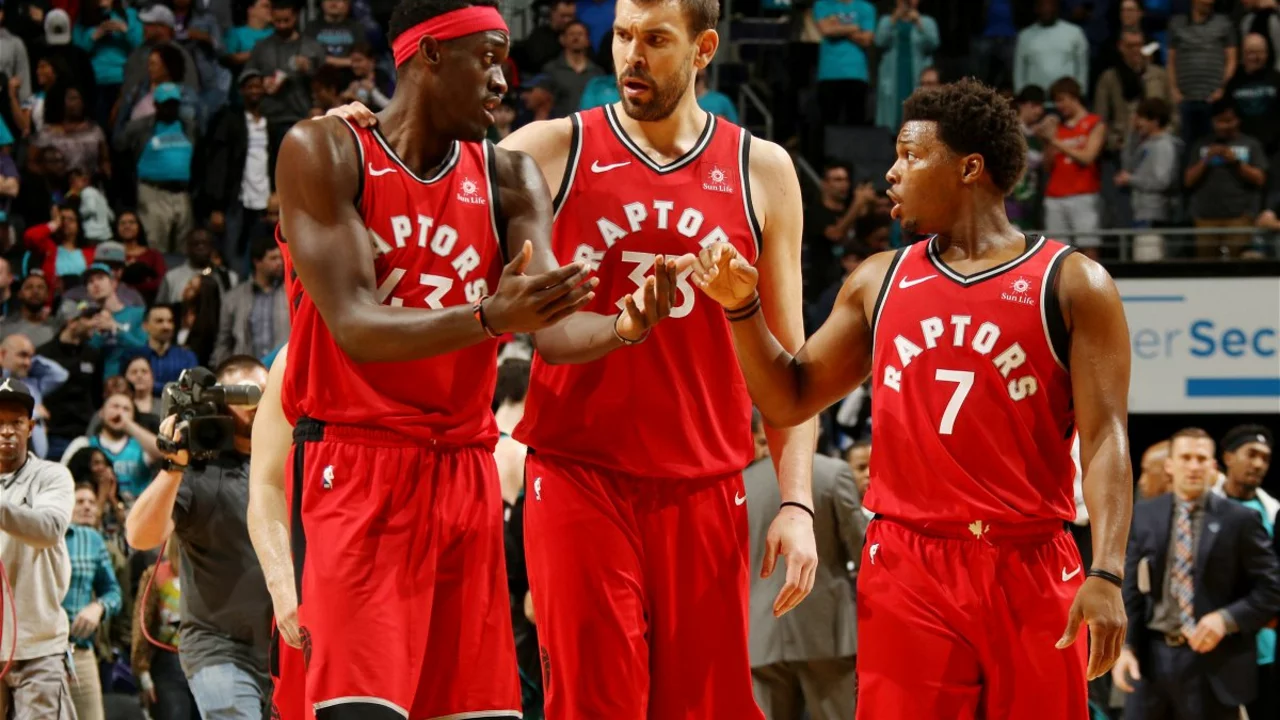Reasons Explained: Quick Answers to Common Sports Questions
Ever wonder why something in basketball feels off, or why a piece of memorabilia can cost a fortune? You’re not alone. Fans, collectors, and casual viewers all ask the same thing – the "why" behind the hype, the price tags, and the rules. Below we sort out the most common reasons people talk about, using real examples you might have seen on our site.
Why do prices swing so much in sports?
Ticket costs, card values, and even merch prices can jump from cheap to crazy fast. The main driver is scarcity. A limited‑edition Michael Jordan card in mint condition is rare, so collectors bid high. The same goes for concert‑style seats at a big college game – only a few prime spots exist, so demand pushes the price up. Add in player popularity, team success, and market hype, and you have a perfect storm for price spikes.
Why do fans sometimes disrespect older players?
Age bias is real. Younger athletes are marketed as the next big thing, so fans focus on speed and flash. Older players bring experience, but they don’t always have the same highlight‑reel moves. When a veteran faces a rookie in a one‑on‑one showdown, the crowd often cheers the youngster louder, even if the veteran’s fundamentals are rock solid. Recognizing this bias helps you appreciate the skill that comes with years on the court.
Another common question is why certain game moments feel "WTF" – like a buzzer‑beater from half‑court or a player scoring in their own hoop. Those moments happen because basketball is fast, chaotic, and full of split‑second decisions. Players train for the usual plays, but a stray pass or a defensive slip can create a headline‑making blunder. It’s not magic; it’s the high‑speed nature of the sport.
People also ask why some basketball styles work better for small teams. The answer is simple: less is more. A fast‑break system uses speed and quick passes, requiring fewer players to set up. You don’t need a full‑court press; just a few players who can run the break and finish at the rim. This style lets a short roster stay competitive without exhausting the bench.
When it comes to collecting sports memorabilia, the reason many dive in is nostalgia mixed with potential profit. A signed jersey from a championship season not only reminds you of that win but can also appreciate in value if the player stays iconic. The emotional link fuels the market, while rarity fuels the price.
Lastly, why do ticket prices vary so widely in college sports? It’s a mix of demand, location, and team performance. A rivalry game with stadium‑full crowds naturally commands higher prices than a regular‑season matchup. Schools also price lower seats for students and alumni to keep the stands filled, while premium seats stay pricey for those who want the best view.
Understanding the reasons behind these common sports topics makes you a smarter fan. You’ll spot patterns, avoid being swayed by hype, and maybe even spot a good investment before everyone else does. So next time you hear a "why" question, you’ll have a ready answer that cuts through the noise.
